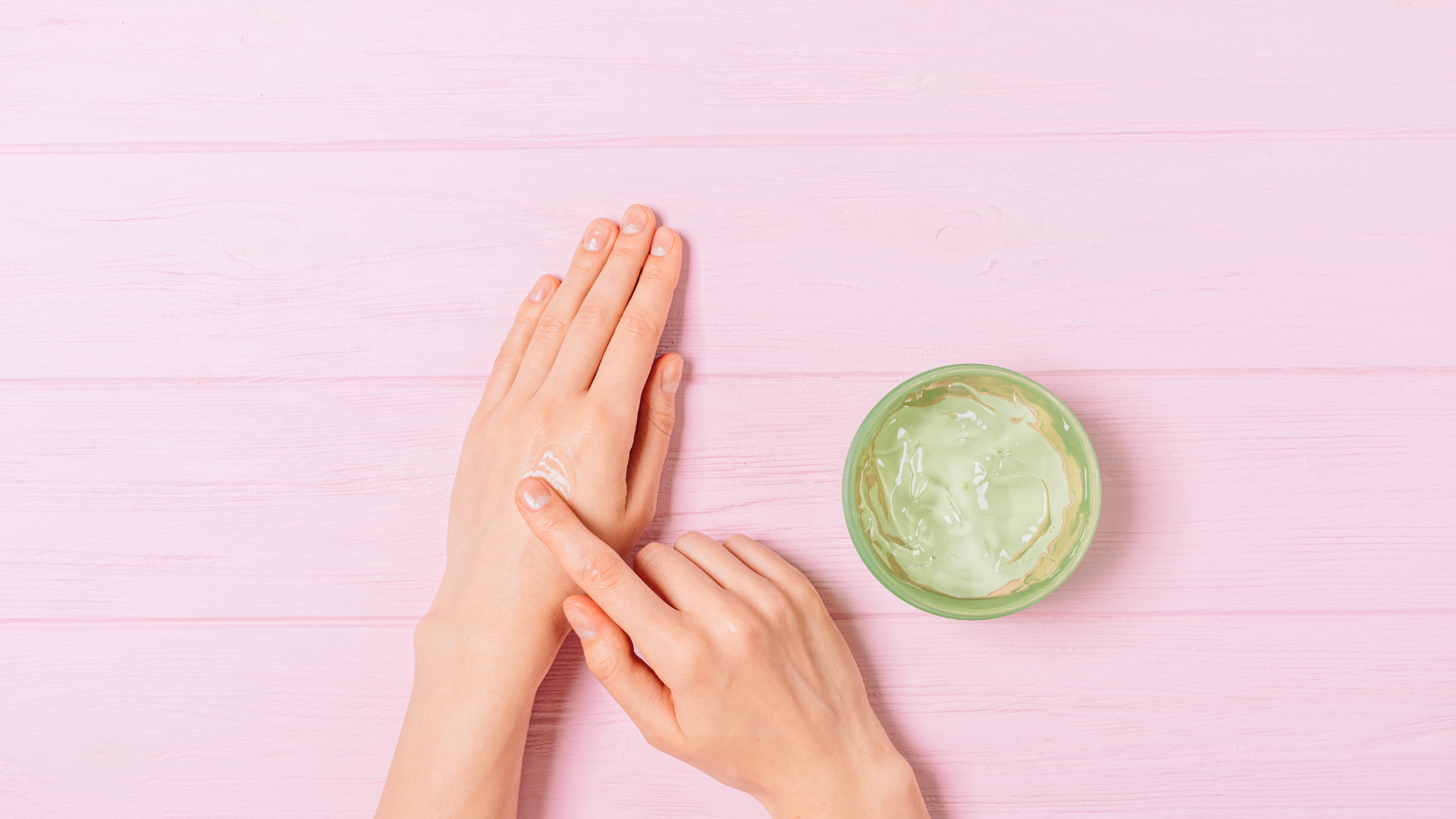Discover the science behind natural hydrocolloids to create innovative textures.

With a wide consumer interest in natural cosmetics, the number and demand for natural texturizers have grown strongly in recent years. Originally used in the food industry as an additive, these ingredients, initially advocated in organic cosmetics, have made their way into the development of mass consumer products and the trend does not seem to be reversing.
Initially described as not very sensorial and not able to offer a wide range of textures, claims and sales arguments have now strongly evolved and tend to present natural texturizers as a source of innovation and naturalness in the same way as cosmetic actives. Used to thicken or gel, they are often multifunctional and essential to the stability of the formula. Texturizers constitute an extremely diverse class, they can be of bacterial, vegetable or animal origin, with examples being xanthan gum, algae derivatives (agar, alginates, etc.) and beeswax.
Able to thicken a fatty or aqueous phase, this article will focus more particularly on hydrocolloids, texturizers of the aqueous phase. These macromolecules derive from the natural need of living organisms to retain water. Find out today how to get the most out of these ingredients and discover innovative and trendy formulas.
What is a hydrocolloid?
Hydrocolloids are defined as colloidal substances with an affinity for water and more precisely as macromolecular hydrophilic polymers. They produce viscous solutions, pseudogels or gels in water. It is a heterogeneous group made of polysaccharides and proteins:

They can be extracted from different sources :
Purely isolated from plants (without chemical modifications) :
- Exudates : acacia gum, tragacanth, karay
- Seed extracts : native starch, guar gum, carob gum, tara gum
Plant or algae derived (with chemical modifications):
- Pectins, agar, alginate, carrageenan...
- Modified polysaccharides like propylene glycol alginates, modified starches...
Hydrocolloids obtained by fermentation :
- Microbial or bacterial gums like xanthan, scleroglucan, gellan...
Hydrocolloids obtained from animal source :
- Gelatin, caseinates...
What is the difference between a gelling and a thickening agent?
Thickeners add viscosity and thickness to a formula. Monomers do not react with each other but only with the water molecules, forming large complexes which modify the rheology of the medium by limiting the mobility of the water.
Unlike thickeners, molecules of gelling agents react with each other by ionic bonds and electrostatic forces to form a three-dimensional network, trapping the water within the network.
Whether they are thickeners or gelling agents, natural texturizers help to stabilize emulsions by limiting the aggregation of micro-droplets in the dispersed phase and, in some cases, allow the suspension of particles such as pearls or exfoliants.

How to formulate with hydrocolloids (polysaccharides group)? - Cold Process
Watch the Cold Process in here >> Watch Video
Tips:
- Pre-disperse powder in glycols (grains dissolution)
- Demineralized water (to avoid interaction with salts before formation of hydrocolloid network)
- Important to adapt speed stirring regarding hydrocolloid used (keep a sufficient vortex)
Innovate with hydrocolloids : examples of application formulas (click to get PDF)
** Mermaid Tears/ Marine blow >> Cold process formula.**
How to formulate with hydrocolloids (polysaccharides group)? - Hot Process
Watch the Hot Process in here >> Watch Video
Tips:
- Pre-disperse powder in glycols (grains dissolution)
- Demineralized water
- Important to chose the adapted temperature for a complete dissolution in hot water phase, depending of hydrocolloid used
- Stir until cooling down or pour into molds
Innovate with hydrocolloids : examples of application formulas :






